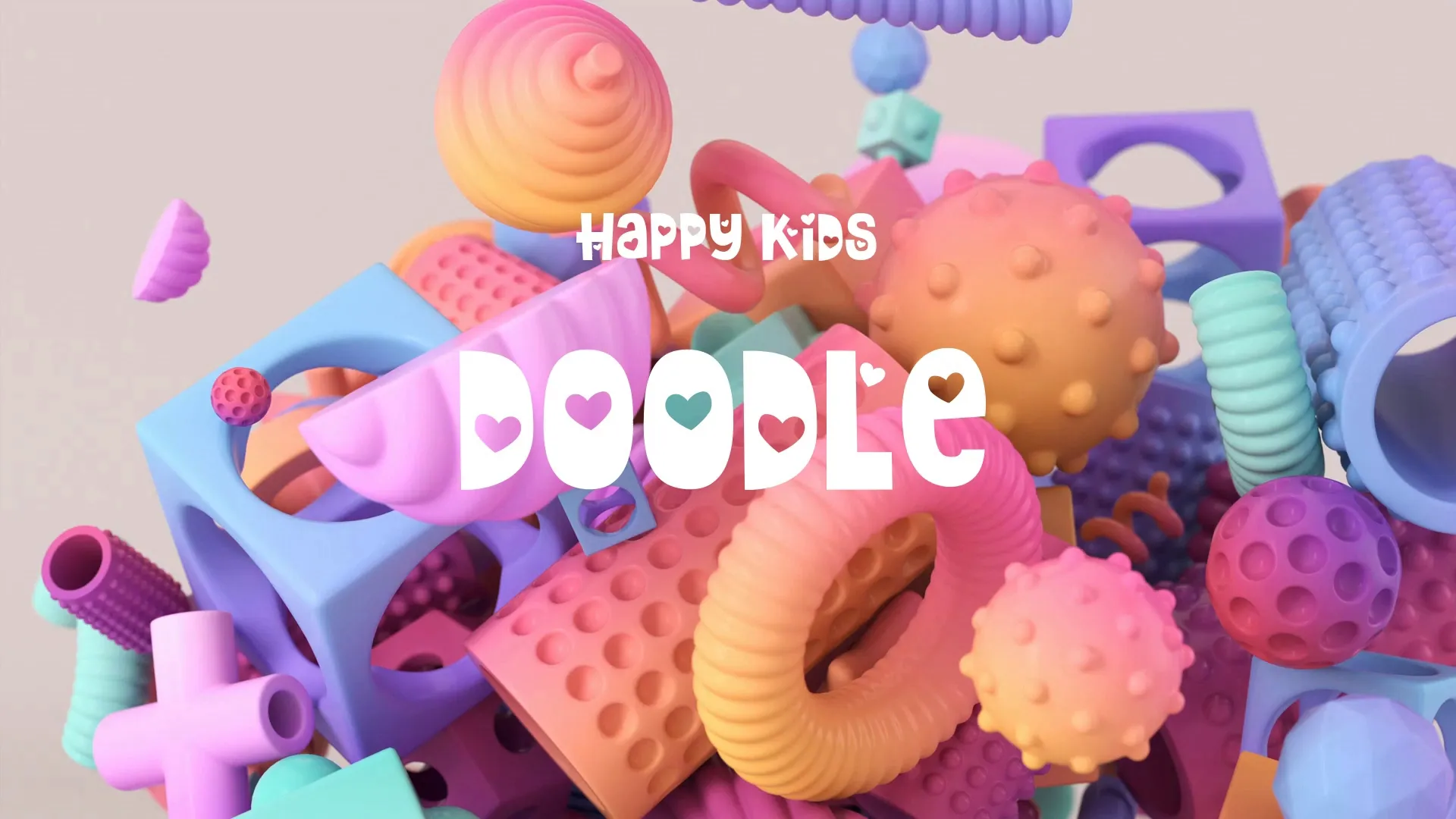Automate Game Asset Management: Boost Efficiency in Unreal Engine & Beyond
Efficient game asset management is not just a best practice; it is a necessity for modern game development. Manual handling of game assets, especially in complex Unreal Engine projects, leads to errors, delays, and wasted resources. Automating your asset workflow can significantly boost efficiency, allowing your team to focus on creative tasks rather than repetitive ones.
Why Automate Your Game Asset Workflow?
Automation reduces human error by standardizing processes and enforcing consistency across your project. It frees up valuable developer time that would otherwise be spent on tedious tasks like renaming, importing, or organizing files. Consistent asset pipelines ensure that every asset, from a simple texture to a complex character model, meets predefined quality and technical standards. This leads to more predictable development cycles and a higher quality final product.
Key Areas for Automation in Unreal Engine
Unreal Engine provides robust tools and APIs that make automation highly achievable. Focus on areas that are repetitive, error-prone, or time-consuming.
Asset Naming and Folder Structures
Consistent naming conventions are paramount for large projects, preventing confusion and simplifying asset discovery. Automate the enforcement of these conventions using Python scripts that validate asset names upon creation or import. Scripts can also automatically sort assets into predefined folder structures, ensuring a tidy content browser. This standardization is critical for team collaboration and long-term project maintainability.
Automated Import/Export Pipelines
Integrating your Digital Content Creation (DCC) tools with Unreal Engine is a prime candidate for automation. Develop scripts that automatically import models, textures, and animations, applying correct material setups, generating collisions, and setting up Level of Detail (LODs). This reduces manual setup time per asset and ensures all imported assets conform to project specifications. For instance, Python scripts within Unreal can listen for new files in a watch folder and trigger import processes.
Blueprint Complexity Management
Unreal Engine’s Blueprint system, while powerful, can become complex and unwieldy without proper management. Automate tasks like generating boilerplate Blueprint code for common component setups or validating Blueprint logic against best practices. Tools can analyze Blueprint graphs for common issues, such as excessive node count or inefficient execution paths, providing actionable feedback. This helps maintain Blueprint health and performance throughout development.
Version Control Integration
Managing assets in version control systems like Perforce or Git can be laborious, especially with large binary files. Automate commit messages, ensure assets are checked in with associated tasks, and streamline conflict resolution for common asset types. Integrate version control hooks that run automated checks on assets before they are committed, preventing faulty assets from entering the main branch. This ensures your repository remains clean and stable.
Automated Testing and Validation
Asset validation is crucial for preventing broken or suboptimal assets from reaching your game. Automate checks for texture resolutions, material count, polygon limits, and animation retargeting issues. These automated tests can run nightly or upon asset submission, flagging issues before they impact gameplay or performance. Catching these problems early saves significant debugging time down the line.
Practical Tools and Technologies
Unreal Engine’s Python API is an incredibly powerful tool for scripting and automating workflows directly within the editor. Custom C++ plugins can extend Unreal’s functionality to create highly specific automation tools tailored to your project’s needs. Data tables and external configuration files can drive automated processes, allowing designers to tweak parameters without coding. Consider third-party asset management systems that offer deeper integration and broader automation capabilities.
Common Pitfalls to Avoid
Over-engineering automation can be as detrimental as no automation at all; start with small, impactful tasks and iterate. Do not neglect the human element; automation should support your team’s workflow, not dictate it rigidly. Poor documentation of automated processes will make them difficult to maintain and understand for new team members. Regularly review and update your automation scripts to adapt to project changes and new engine versions.
Maintain Momentum with Automation
Implementing automation in your game asset management workflow is an investment that pays dividends in efficiency, consistency, and developer satisfaction. By streamlining repetitive tasks, you empower your team to dedicate more time to innovation and creativity. Consider how tools like Momentum can help you track the implementation and impact of these automation efforts, keeping your development on schedule.
As you optimize your asset pipeline, remember that quality assets are the foundation of any great game. Explore comprehensive libraries like Strafekit to find high-quality assets that can seamlessly integrate into your newly automated workflows. Understanding the foundational technical requirements for your engine is also key to smooth operations; for instance, ensuring your system meets the necessary specifications for Unreal Engine can prevent many issues down the line, as discussed in What are the System Requirements for Installing Unreal Engine?. Embrace automation to transform your game development process into a more agile and productive endeavor.
Create a free account, or log in.
Gain access to free articles, game development tools, and game assets.























